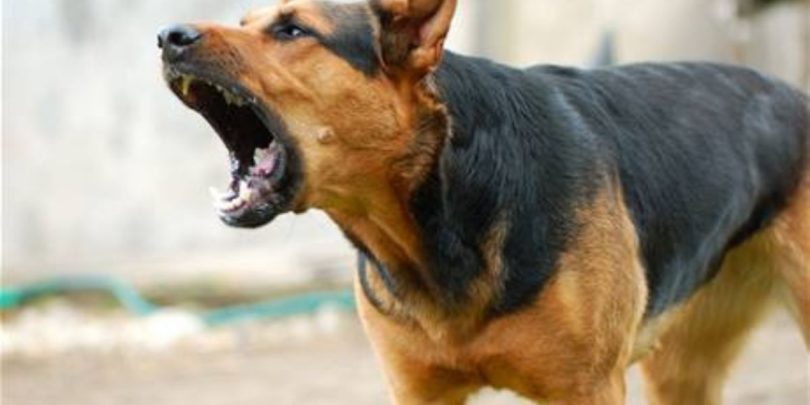I wake up early to the sun on my face. I am feeling good this morning and decide to head to yoga. After the class, I get ready for work, all smiles, feeling refreshed from my practice. I head into my favorite coffee shop and order a latte. Once I receive the drink I accidentally spill it all over myself. Ugh! I react. I get upset, grab some napkins and pat my pants dry. I order a new coffee and shake off the experience. Not too bad.
On the other hand…..
I wake up late. I need to get to work for an important meeting. I feel tired after having pushed the snooze button a few too many times. I rush to get dressed and head to the coffee shop to grab a “pick me up” before the meeting. I spill the latte on my pants! YIKES – look out! In this instance I am not operating from a neutral baseline. I am operating from a place of stress. There are too many triggers piling one on top of another for me to recover as quickly and elegantly as I did in the first situation. I get upset that my morning is going this way and then I carry the mood with me into the meeting as well as the rest of the day.
The dog training term for this is called trigger stacking. It is very important to understand not only what your dog’s individual triggers are but also when these triggers show up in the environment together. Trigger stacking affects your dog’s response. Let’s use my dog’s reactivity behavior towards other dogs as an example. Below you will see how certain triggers stacking on top of one another in the same context can create unwanted reactive responses from the dog.
Sully wakes up and enjoys a yummy stuffed Kong for breakfast. He is mentally saturated and feeling great! We go for a run in our neighborhood which leaves him tired from the physical activity. As we walk home, we turn the corner and slam right into another dog owner and their large male dog on leash. Sully freezes and low growls but recovers from the situation as I ask him to leave it and continue walking. He does a shake off to relieve his tension and we continue down the street and his body postures return to neutral.
On the other hand…..
Sully wakes up to me feeling rushed and late for a meeting. I walk him outside for a quick potty break before I leave the house. As we exit our home 2 small dogs from across the street begin to bark at him. I am rushing us down the street when all of a sudden I turn the corner and run into another dog owner and their large male dog on leash. Sully barks and lunges at the dog and it’s hard to refocus him. As the owner continues walking and more space is created he stops barking but still remains tense throughout our walk back home.
What should I do when my dog goes over threshold?
The best thing you can do for your dog when they go over threshold is to remove them from the situation. That is not the time to be practicing obedience behaviors. When your dog is over threshold, he does not have full access to the part of the brain that involves thinking and problem solving (prefrontal cortex). Rather, his amygdala is fired indicating to him that he needs to fight, flight or freeze. The more space away from the scary stimulus you can create, the more your dog’s nervous system will begin to settle. Using visual barriers in your environment can help too, such as cars, trees or fences.
Here is a great visual by Lili Chin illustrating when to train and when to manage the situation by removing your pup:


